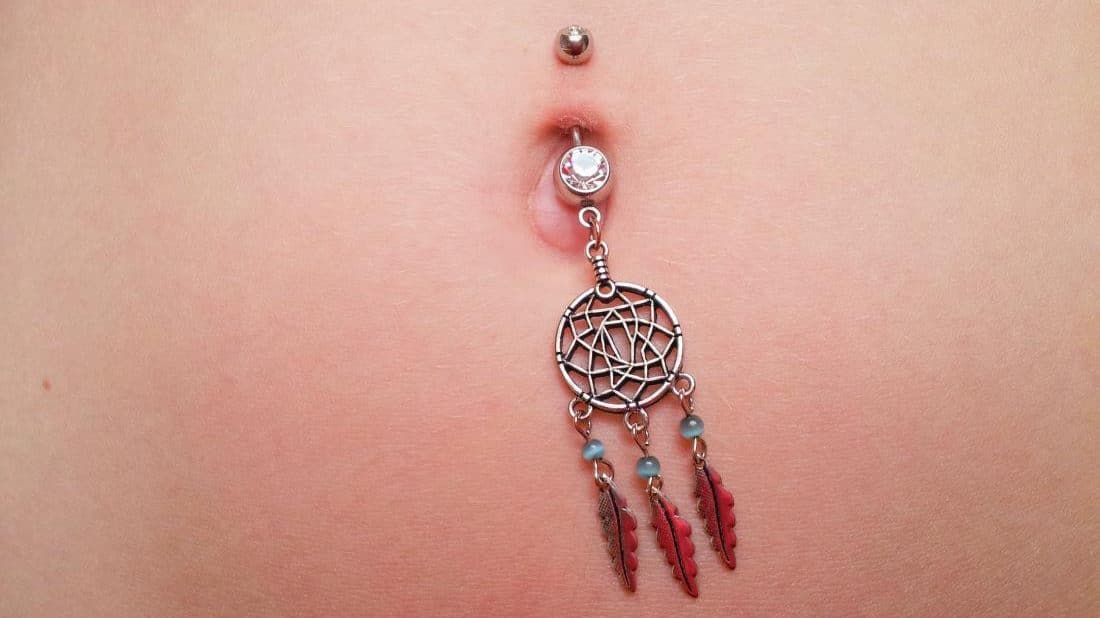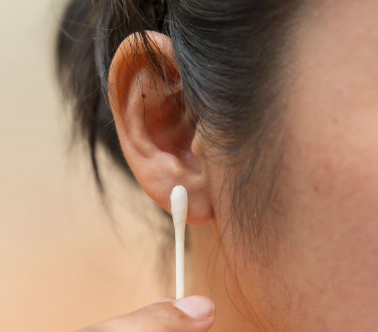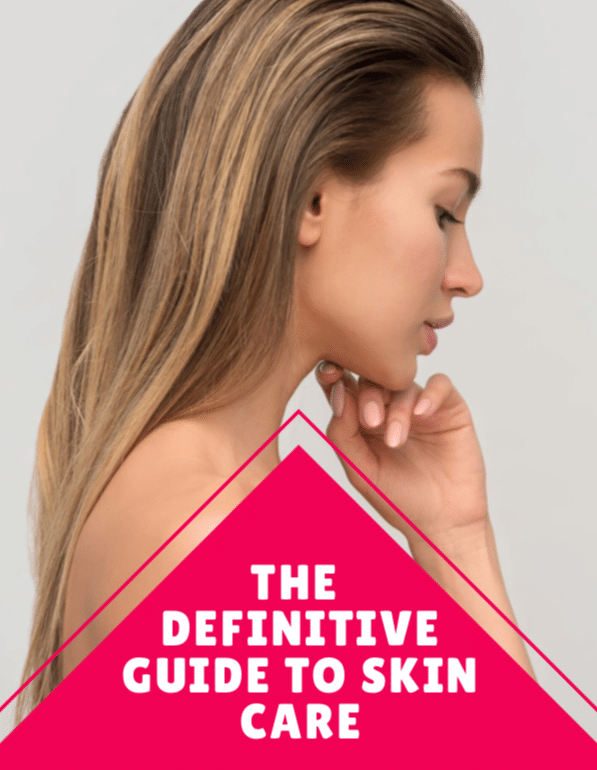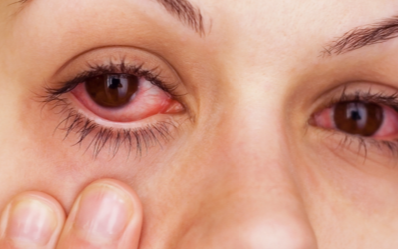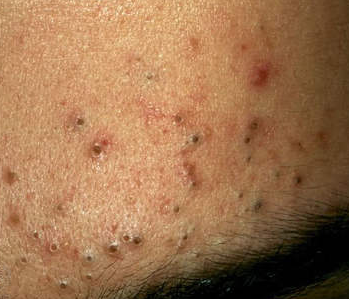Get more insights on how to treat an infected belly button piercing, know the causes & how to clean and how to get rid of belly button piercing bumps.
Belly button Piercing Infection Causes
Belly button piercing is beautiful, but unfortunately it requires good piercing techniques, high standards of hygiene and best aftercare for effective healing.
Belly button piercing scar, keloids, bumps and infection are some of the dangerous outcomes of a belly button piercing healing process that has not been taken proper good care of.
There are factors that can lead to an infected belly button piecing and they include the following:
- Lack of proper aftercare.
- Use of contaminated belly button piercing needle.
- Poor hygiene and contamination.
- Bacterial invasion.
- Use of wrong products.
- Allergic reaction to the belly button stud.
Belly button Piercing Infection Signs
You can easily notice an infection on your newly pierced top or bottom belly button piercing through the following symptoms:
- The piercing becomes red and tender. The redness on your piercing is normal for the first two weeks, but if the redness persists more than this, it may be a sign of belly button piercing infection.
- Your belly button becomes swollen for a longer time than the required time.
- Presence of green or yellow discharge from pierced area. Yellow discharge is normal after a week from the session but extreme amount of discharge should worry you.
- Bleedings may occur during the piercing but if it persist then it could be an infection.
- Formation of excessive crusts on the wound.
- Prolonged healing process.
- Formation of a bump.
- There is constant navel piercing soreness and high skin sensitivity that can be irritated by the touch of a shirt or blouse.
- You can see with your eyes the navel piercing jewelry through the skin due to the reducing thickness.
- The navel piercing ring or bars will hang more loosely compared to when it got placed.
- The navel holes sizes around the piercing increase in size and you can see them becoming larger.
- Formation of navel piercing keloid.
- Constant pain especially when touched by anything.
- Inflammation and irritation due to over sensitivity.
- Redness and more colored discharge from the piercing holes.
- Swelling of the belly button piercing.
Belly button Piercing Bump
Formation of a bump on your pierced belly button is a common sign of an infection. This may take place after the few initial weeks of the piercing. The bump is likely to develop into a scar or keloid if not urgently attended to.
Various ways on how to clean an infected belly button piercing can help in getting rid of the bump. But for some people, seeking medical attention may be the only option if the infection is not responding to aftercare treatments.
There are two types of bumps in this case. Bump without infection and bump with infection. Granulomas is a bump that forms as a result of overgrown body tissue and may not be due to an infection. When the bump resembles a pimple and contains a discharge, there is a reason to worry of an infection.
When to See a Doctor
- When the bump takes longer to heal and disappear.
- When the bump begins to develop to scars or keloids.
- If pus and thick smelly discharge starts oozing out of the bump.
- When you begin feeling fever and belly button piercing pain.
- Swollen lymph glands below or above the piercing.
How to Get Rid of Belly button Piercing Bump?
Sea salt soak: This is the best way on how to get rid of belly button piercing bump at home. Put a little amount of sea salt in a paper cup and fill it with hot water. Soak a clean cotton ball into the sea salt water solution and squeeze out most of the excess water.
Gently press the cotton ball to your infected belly button piercing as you hold in place until it the ball cools off. Repeat for about 4 to 6 times using a fresh cotton ball soaked in hot sea salt water. Take some clean warm water and splash on your belly button to wash off salt residue and dry using clean paper towel. Doing this on daily basis will prevent and heal your infected belly button piercing.
Chamomile Tea Bag Compress: Dip the tea bag in warm water and compress it on your belly button piercing bump. Allow it to stay for at least 5 minutes. Repeat the process using a fresh chamomile tea bag on a daily basis for effective outcome.
Tea Tree Oil: Dilute the oil using any good skin care oil and dub on the piercing using a cotton bud. Consider applying twice a day for effective outcome. Undiluted tea tree oil can burn your skin a reason as to why you should dilute using any skin friendly oil.
Aspirin Paste: This is an anti-inflammatory agent that soothes wounds. Make a paste by mixing aspirin with little amount of water. Apply the paste on the piercing every day before bedtime. Use regularly and the bump will disappear.
How to Treat an Infected Belly button Piercing?
- Visiting your doctor is the best approach for the treatment of your belly button piercing infection. The medical professional will prescribe antibiotic cream or tablets. Apply the cream and use antibiotics as prescribed.
- Keeping it clean is the best way to not only treat an infected belly button piercing but also preventing infections. Before you touch, ensure you have washed your hands with warm water and antibacterial soap.
- Do not remove the belly button jewelry unless advised by a medical doctor. Doing so will cause the abscess, pain and an infection.
- Strictly follow the aftercare tips of cleaning, using the right ingredients and avoiding contamination of the piercing.
How to Clean a Belly Button Piercing?
Cleaning your newly pierced belly button is the best way to prevent an infection and promote faster healing as well. Here are steps on how to clean an infected belly button piercing:
Requirements:
- Liquid antibacterial soap.
- Cotton swaps.
- Sea salt.
- Hot water.
- Paper towels.
- Cotton balls.
- Paper cups.
Steps and Procedures:
- Thoroughly wash your hands with liquid antibacterial soap and dry them using the clean paper towel. Doing so on a cloth towel would spread bacteria to the piercing.
- Apply little soap on the clean cotton swap and gently swab around the belly button piercing. In the process of cleaning, remove crusted materials. Do it carefully not to tug the piercing.
- Using warm water, rinse the soap and blot dry the piercing using a clean paper towel. This should be done carefully to avoid tug of the belly button stud.
- Put a little amount of sea salt in a paper cup and fill it with hot water.
- Soak a clean cotton ball into the sea salt water solution and squeeze out most of the excess water.
- Gently press the cotton ball to your infected belly button piercing as you hold in place until it the ball cools off. Repeat for about 4 to 6 times using a fresh cotton ball soaked in hot sea salt water.
- Take some clean warm water and splash on your belly button to wash off salt residue and dry using clean paper towel. Doing this on daily basis will prevent and heal your infected belly button piercing.
Navel Piercing Healing Time
Body piercings heals in different rates, which implies that, some takes longer to heal that the other. Areas that have greater blood flow tend to heal faster. Such areas include ear lobes, lips and tongue.
Areas that experience low blood flow tend to take longer to heal. They include; cartilage which is on the outer ear, nose and belly button. However, these area more caring to promote faster healing.
Too much cleaning of a body piercing can also slow the rate of healing. Doing it lightly twice a day is recommended. Use gentle or mild products to clean such as sterile saline wound wash. This solution helps to irrigate the new piercing without causing irritations to sensitive skin.
Avoid use of iodine based products and ointment which can cause dust to stick of the piercing and lead to accumulation of pus.
There are complications associated with body piercing which may vary with the individuals. Example is a keloid scar tissue which mostly forms behind the back of the ear, on the cartilage or on the nose. This type of complication is really hard to treat.
Do and Don’ts during the Navel Piercing Healing Process:
- You should never twist, turn or slide your jewelry, because that might push bacteria into your healing belly button piercing.
- If you have to touch your navel piercing for some reason, be sure to wash your hands with antibacterial soap or put on gloves first.
- If you see “crusties” form around your piercing, don’t worry. During the healing process, it’s normal for the body to excrete lymph, which is a clear substance that dries to a whitish crust. The best way to deal with crusties is to soak them with saline salt solution to soften them, and then gently wipe them away with a tissue.
- Do not apply any oils, creams or balms to your piercings while they’re healing. Once fully healed, you can use Smelly Gelly as a deodorizer that will also act as a helpful lubricant when inserting tapers and new jewelry.
- Protect your piercing from cosmetic products, because they can irritate your sensitive new piercing..
- Try not to sleep on your stomach during the healing process, particularly if you’ve recently gotten a navel piercing. You’re likely to wake up with a throbbing red belly button if you do.
Body piercing should be conducted by a professional piercer using the correct tools. Aftercare treatments and guideline should be strictly adhered to. Infected belly button piercing should be taken to a doctor for treatment to avoid more complications.
Further references:
- Body piercing – Aftercare: http://www.nhs.uk/Conditions/Body-piercing/Pages/Self-help.aspx
- What to Do with an Infected Belly Button Piercing: http://www.healthline.com/health/beauty-skin-care/what-to-do-with-an-infected-belly-button-piercing

